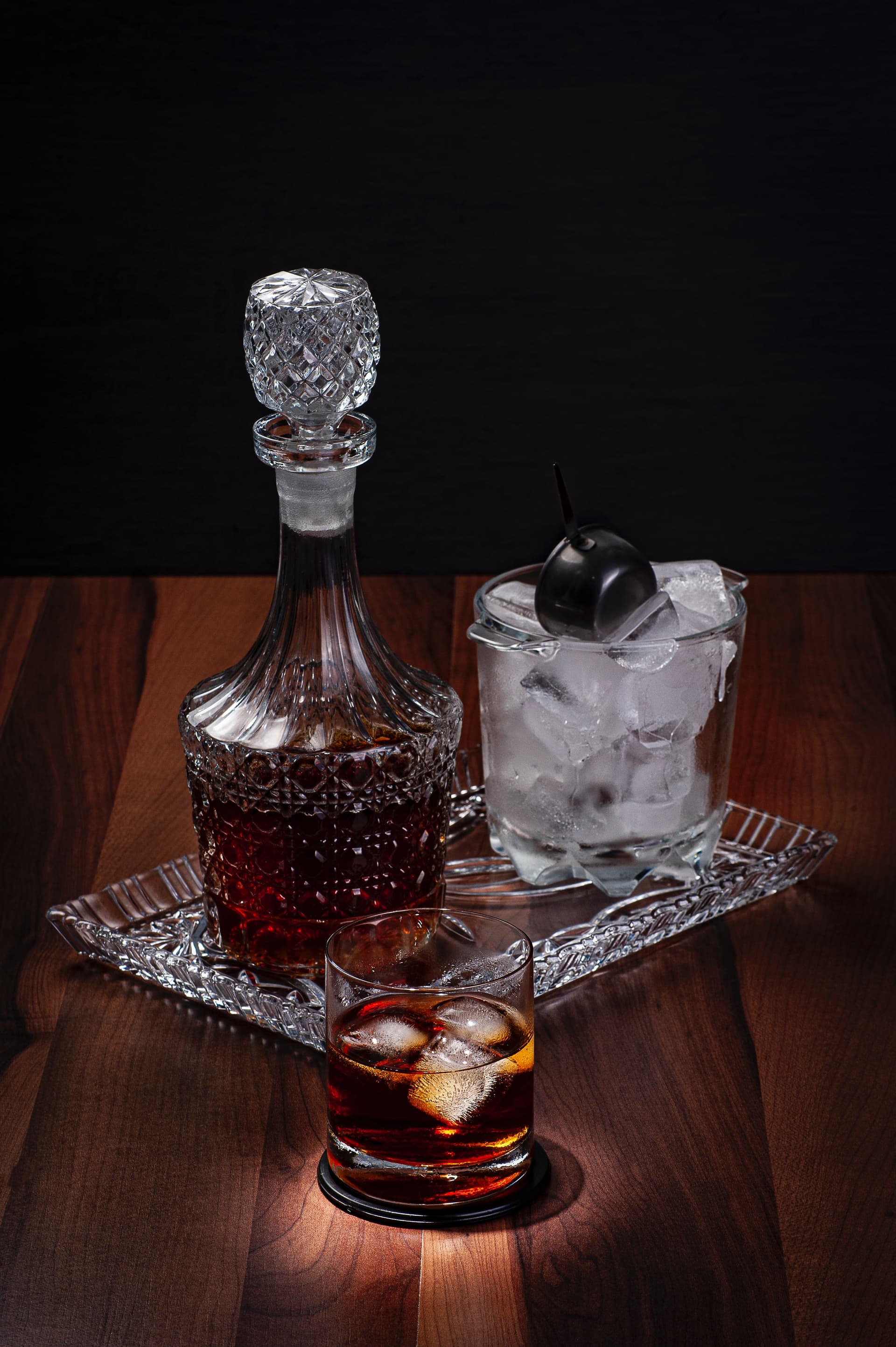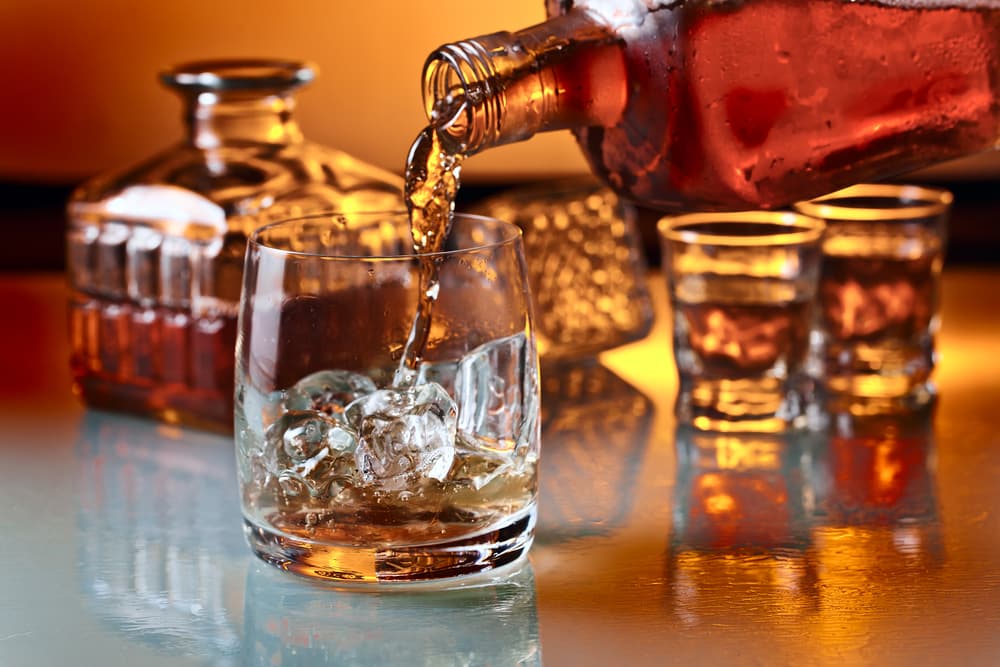How Much Water To Add To Your Whisky? Science Now Has The Answer

First of all, if you’re the person who adds coke or other aerated drinks to your whisky- it is okay to do so. Adding water to whisky has been around for a very long time, centuries even. And there’s no historical record that points towards who, where, and how, probably because someone was too afraid to take the blame, but we see this as credit. If you add a few drops of water to Scotch, the act is coronated in Gaelic as “the water of life” and is a practice that is ingrained in Scottish whisky culture. Adding water also releases the aroma, enhances the flavours, and makes the overall experience delicious.
If you’re still not convinced, here’s why it should be added. Primarily, it significantly reduces the zing of the base. If you’re a new whisky enthusiast, this really aids in ensuring a sustained interest as the drink won’t affect your palate, and you’ll actually be able to taste the whisky. Dilution actually causes to enhance the flavours. It also releases the more compounds in the whisky and makes for a better-taste.

But if you’re curious and need the science to back this, researchers at Washington State University have discovered that if you have 30 ml of whisky, you should add no more than 20 per cent of water, which would be about 3.6 ml. Adding more than this homogenises the whisky and makes it taste the same. Whisky presents a unique challenge because it carries an influx of layered flavours, each contributing to its overall complexity. Overlooking these details diminishes appreciation of the spirit’s character, as every stage of production introduces depth.
Also Read: Do You Really Need To Add Water To Whisky? Here Are Your Most Pressing Doubts – Answered
These researchers tested the compounds (organic and diverse chemical compounds like esters, phenol, ketones, etc, that make the aromas and flavours of whisky) of 25 different kinds of whiskies. Later, they got experts on board to see how much water added tastes good.
According to the study, some compounds in the whisky are attracted to the water and some are repelled by it, which completely changes the flavour profile. Apparently, peated whiskies became more fruity; bourbon, which has such a distinctive vanilla and oaky flavour, became more grainy. When they went to the classic 60:40 ratio, they found that experts were having a tough time telling one whisky apart from another. Each whisky is carefully distilled with traditional and tested processes that make it so distinctive and regionally unique. So, for them to begin to taste the same is a not suitable.

So, this study is just the stamp that most scotch distillers have been waiting for to officiate what they’ve been saying all along. Furthermore, the scope is that this research will support people to add a single big ice cube to their glass of whisky instead of multiple tiny cubes, as the dilution process is severely slowed, and you’ll be able to serve your drink before it reaches the 20 per cent threshold.
Finally, it’s still entirely up to you how you like serving your whisky. Serve it in cola if that floats your boat, but if you’re the sort that strictly follows recipes, this is the one to follow!









